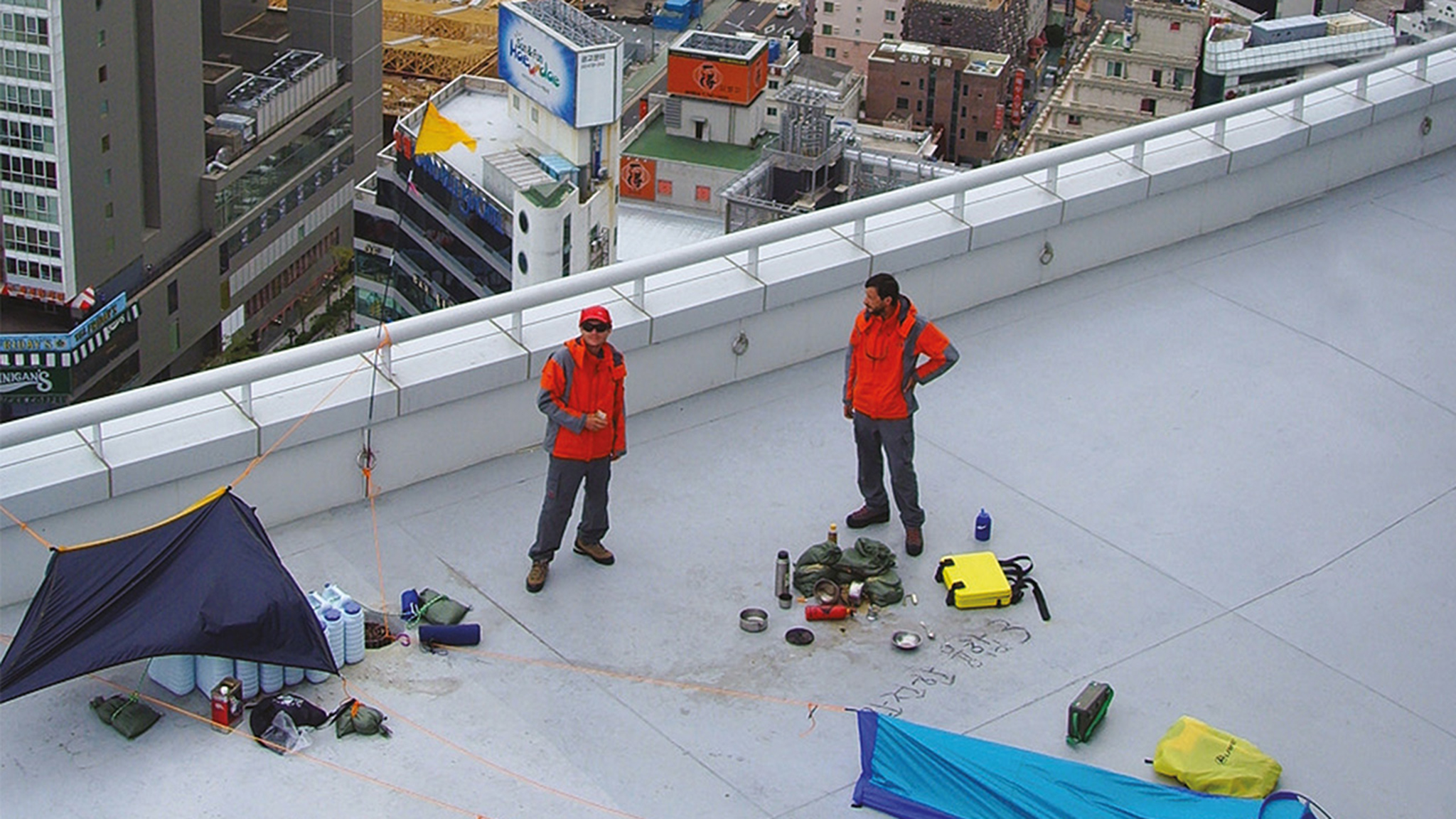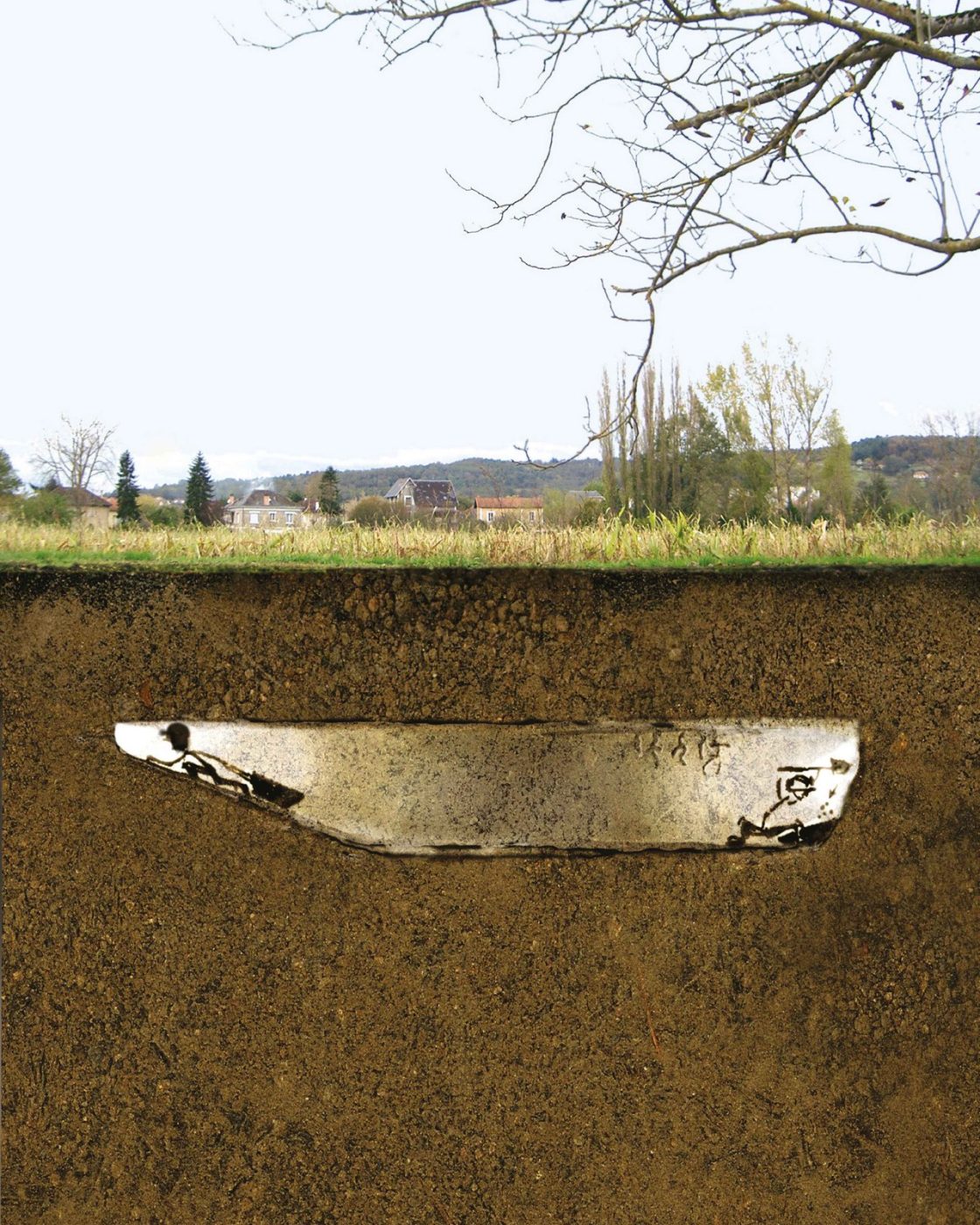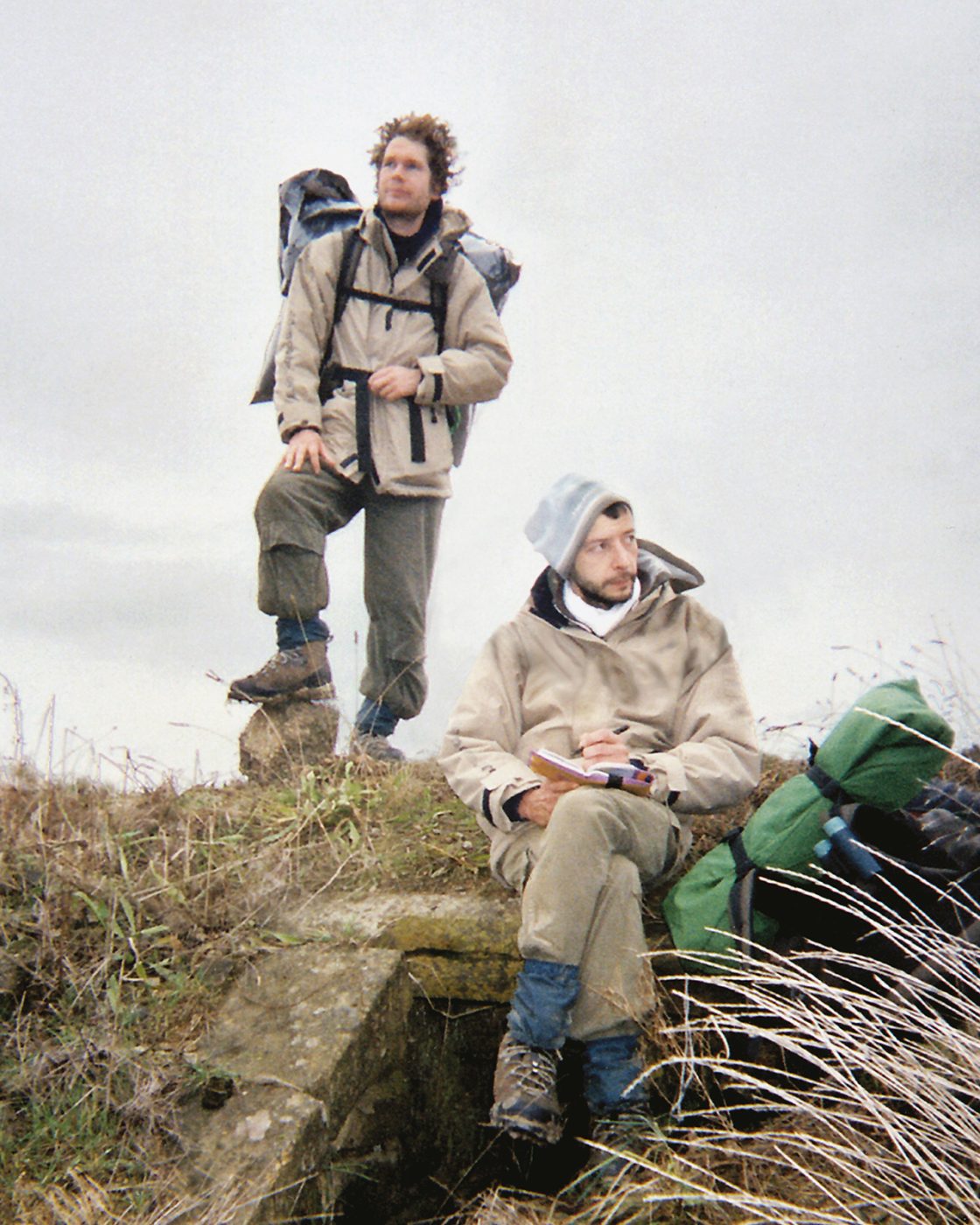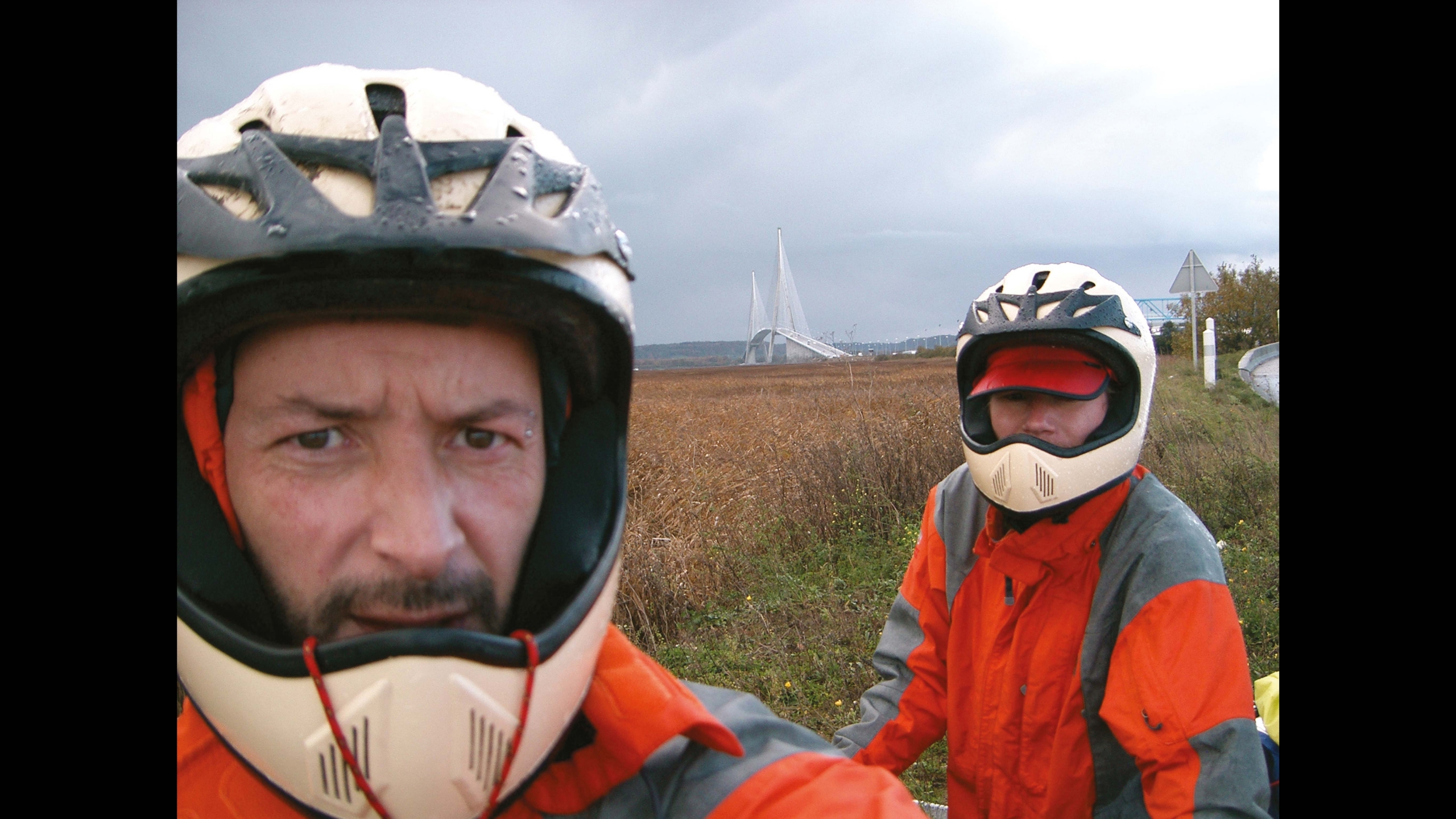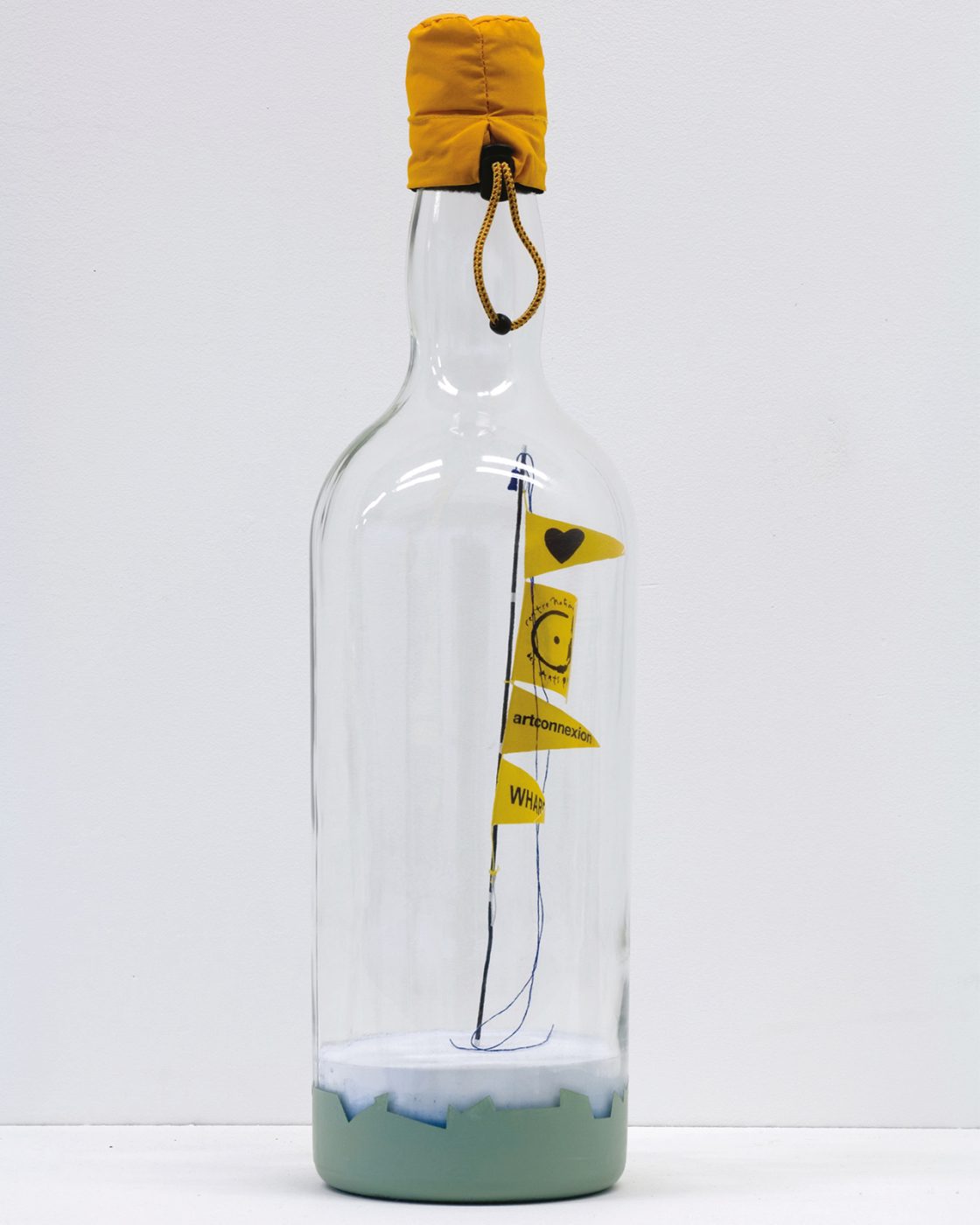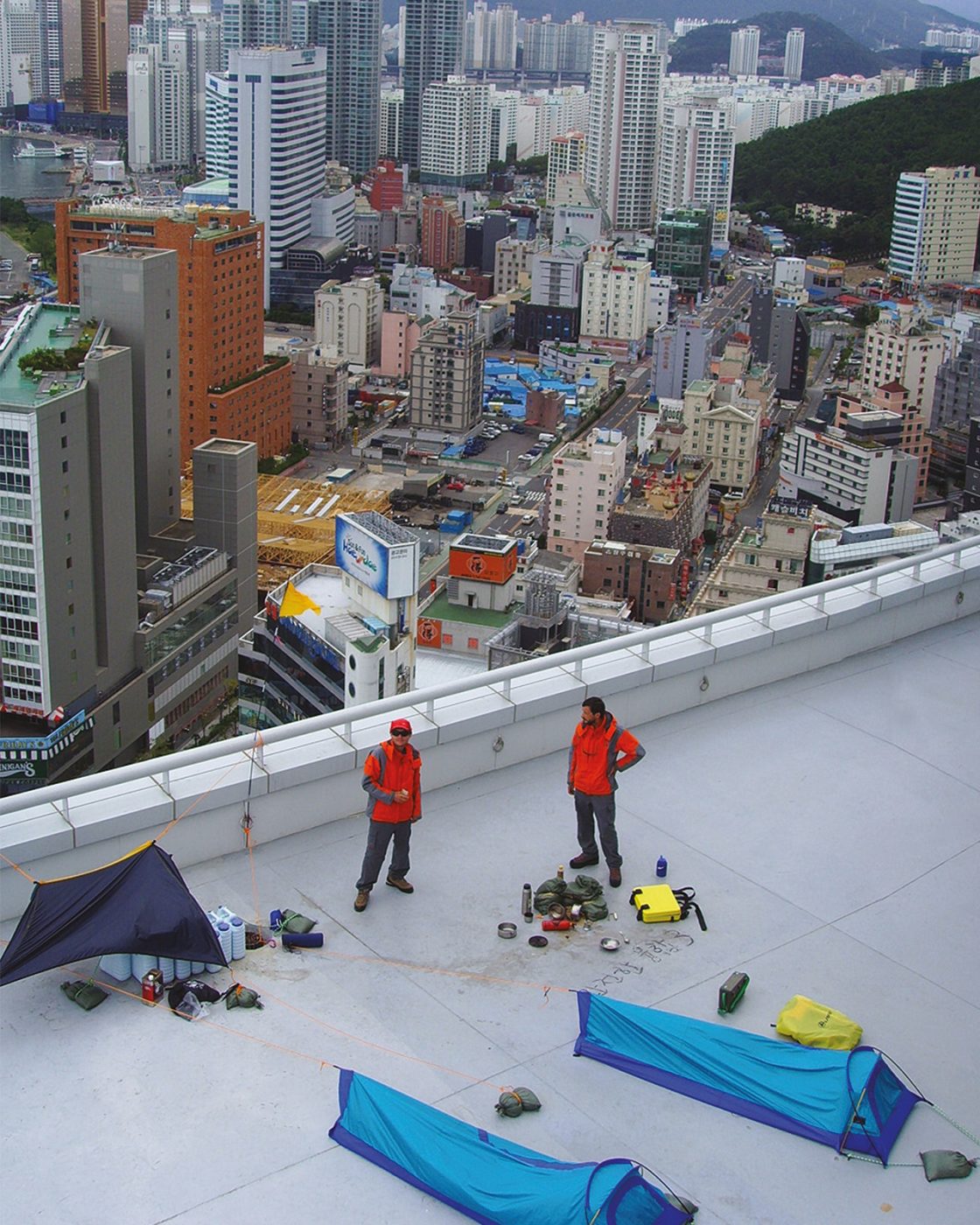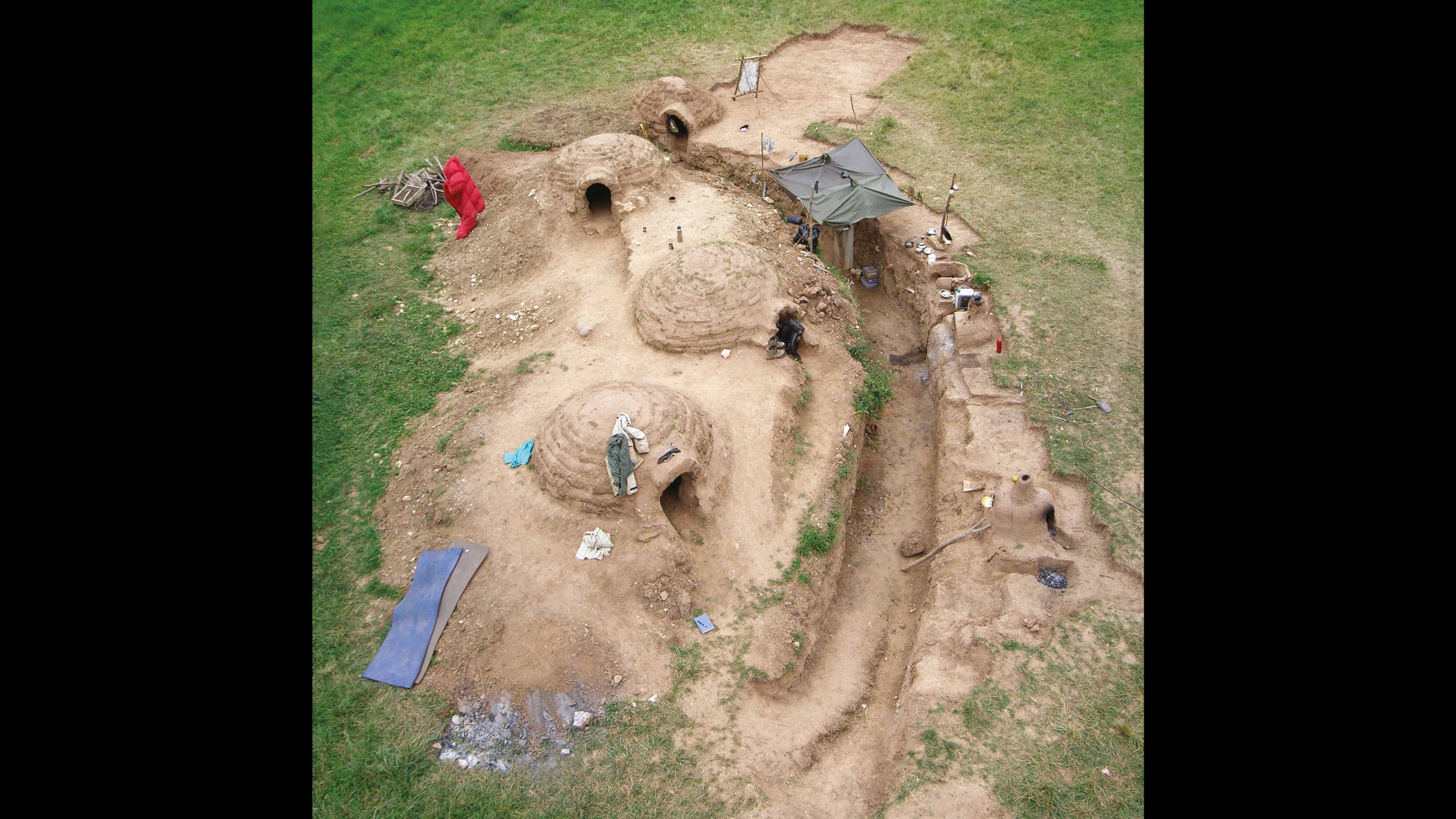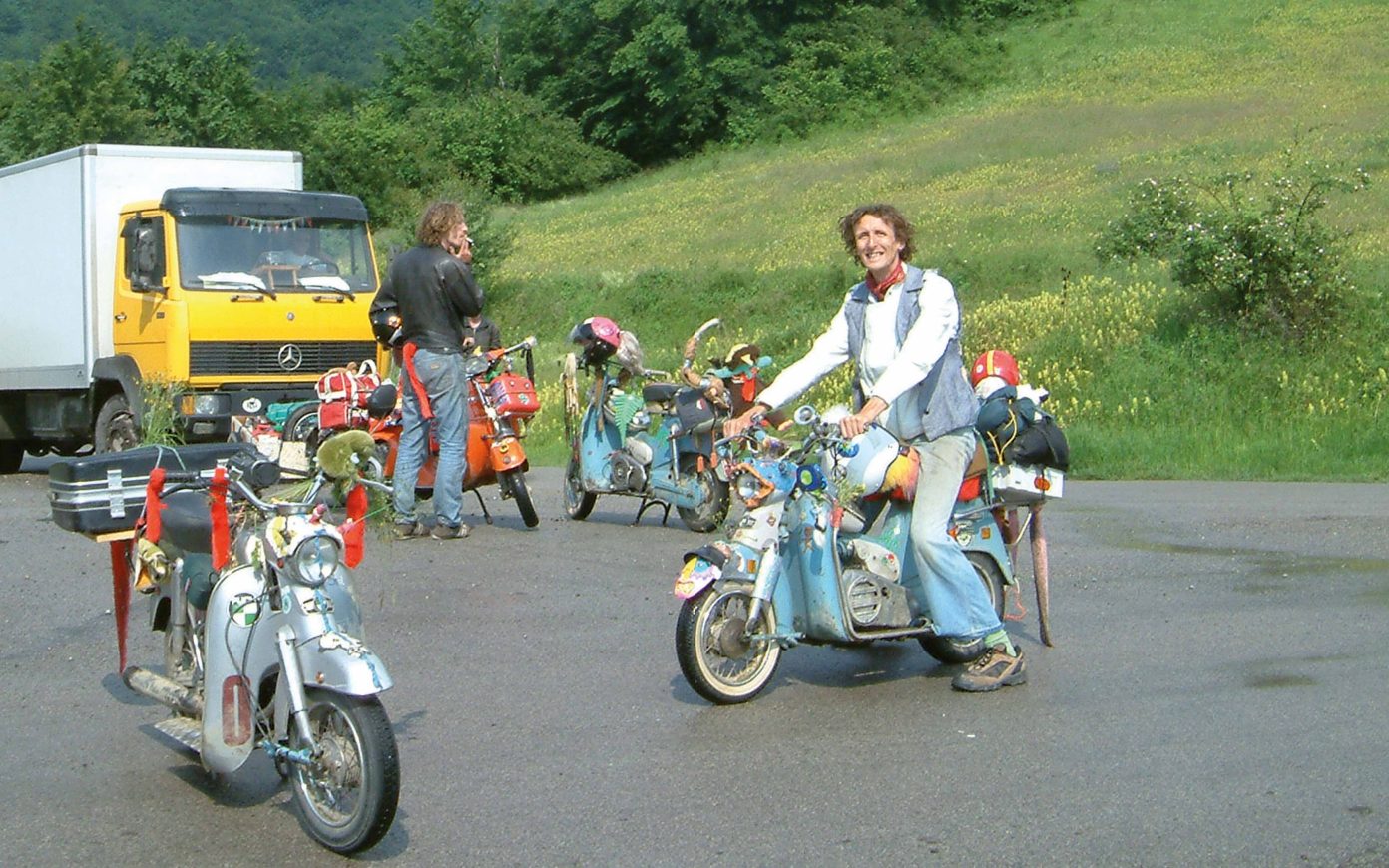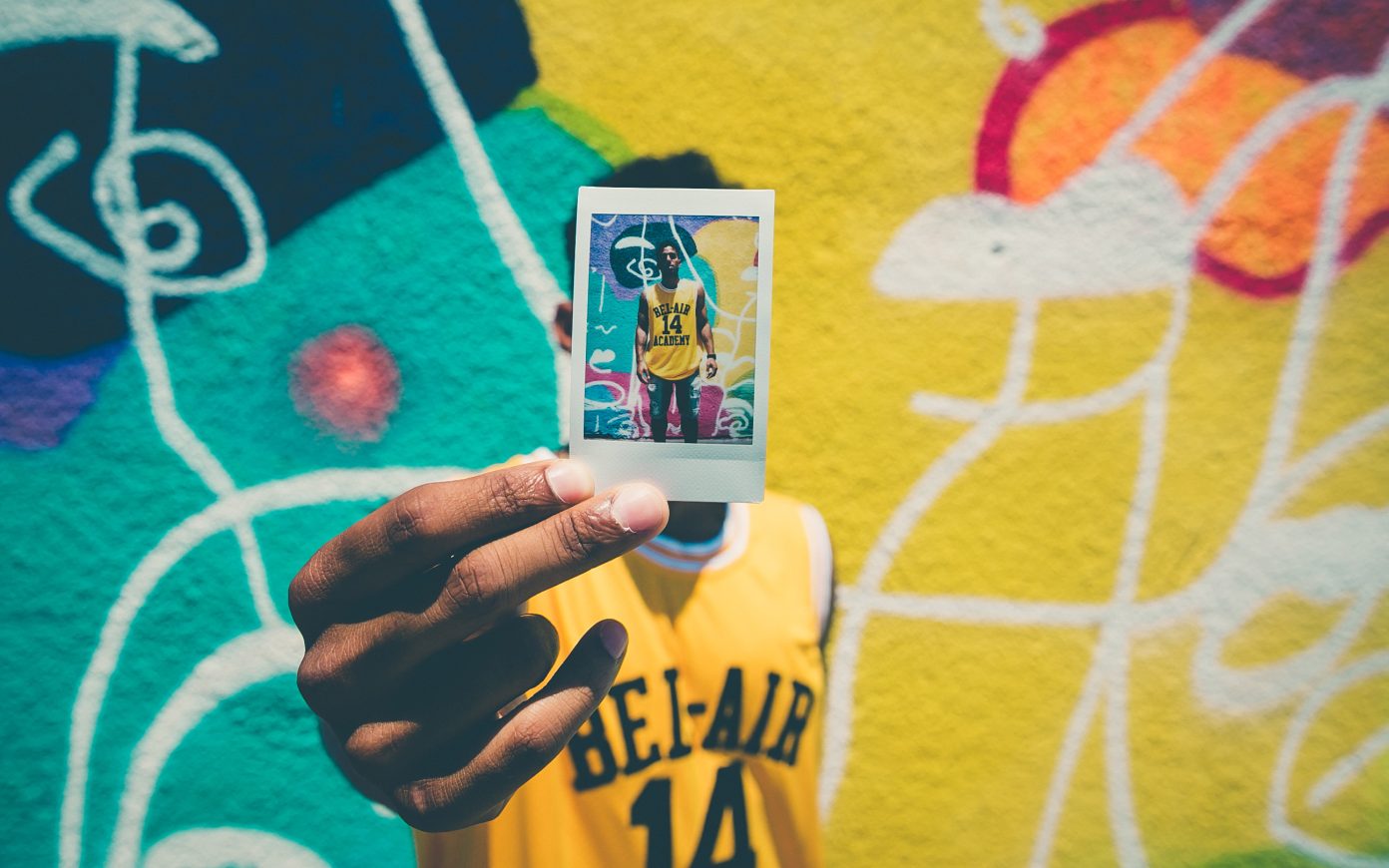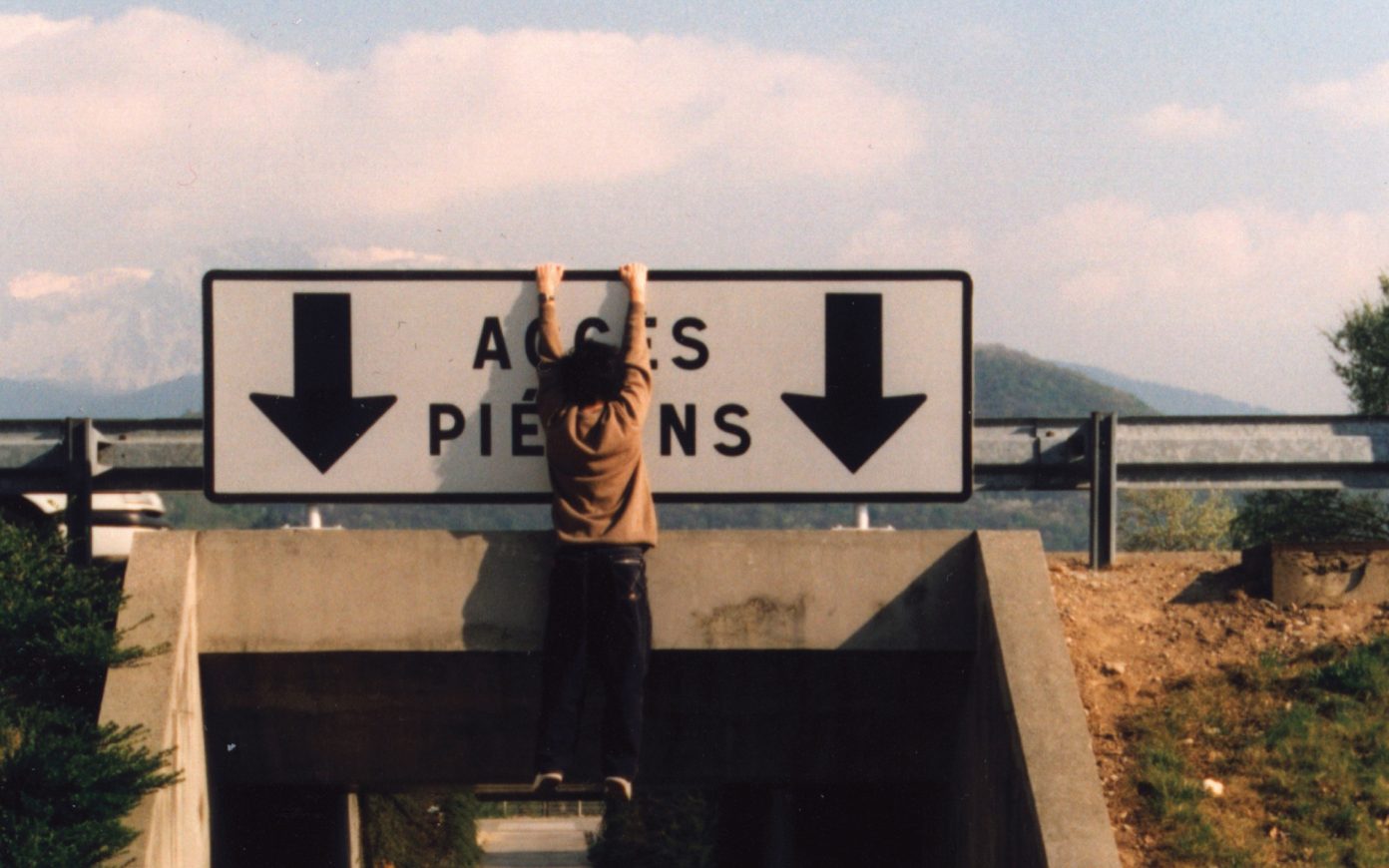Nicolas Bourriaud: With Horizon moins vingt, do you not produce an earthwork in the same vein as those that Michael Heizer and Robert Smithson created in the heyday of land art, but in a “secular” manner? That is to say, isolated from the framework of the artistic radicalism of the twentieth century? Moving away from the “great stories” of the Modernists, what would the story in which the forms that you produce unfold be?
Laurent Tixador: It is true that in this project, the only radicalism stems from the engineering. We have worked on this for almost two years and I do not think we have realized even the slightest act of creation yet. It will probably happen down the way. If we have enough time, and the desire to do so, if digging proceeds easily, and if we find conducive moments to do so… We have never thought about producing an earthwork, just about experiencing a novel situation. Of course, what is new for us is not necessarily new for everyone else but our interest lies only in accumulating diverse life experiences and imagining new ones. We investigate everywhere and unsurprisingly, we eventually get to a point where we also go underground.
Taken individually, each of our past actions is closer to other work of artists, but also to those of explorers or of all sorts of adventurers. This has no impact on our decisions. We do not know what we are looking for and we never change anything simply because there may have been precedents. The mere emergence of a distinctive feature is enough to satisfy us. During the twenty days that Horizon moins vingt will last, nothing will be noticeable on the surface. There will just be the air pumps and a heap of rubble corresponding to the space that we will be living in. This action will only acquire its visibility when we arrive, when we will rush toward the buffet and exchange our first impressions with the public. But I think it will be much more interesting, emotionally speaking, during the time when we will both be missing. It is an important stage of this performance. Then there will be a video, a story in the form of a diary, and photos, and perhaps a series of objects crafted during the journey. A whole category of traces will be visible over time but they will mainly have helped us dig our daily meter by reassuring us on the usefulness of this activity.
Nicolas Bourriaud: How do you the constructions, constructs, and wander lines (or “lines of drift”—Deligny’s lignes d’erre) of your practice relate to one another?
Laurent Tixador: All the components that we build, define, or prepare in our projects primarily serve to lead us further away on this line of wandering that you mentioned. The entire preparation (or non preparation) aims to get us as lost as we can. In the case of Horizon moins vingt, we produced an overabundance of models and studies (we had never done that before), only because our survival rests on it. For this project, we cannot afford to forget even a screw or to neglect even the tiniest detail; but the fact that this is a novel journey will necessarily confront us to all kinds of unforeseen events. This time, we will no longer need to cause these events by remaining naïve: they will come to us in spite of our research and our highly theoretical “experience.”
